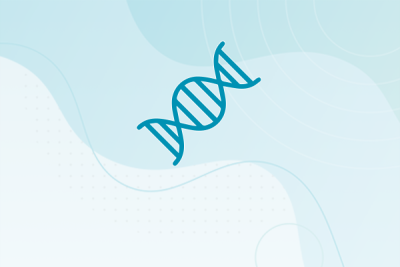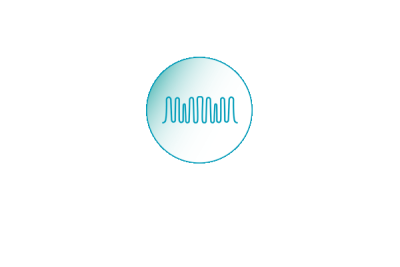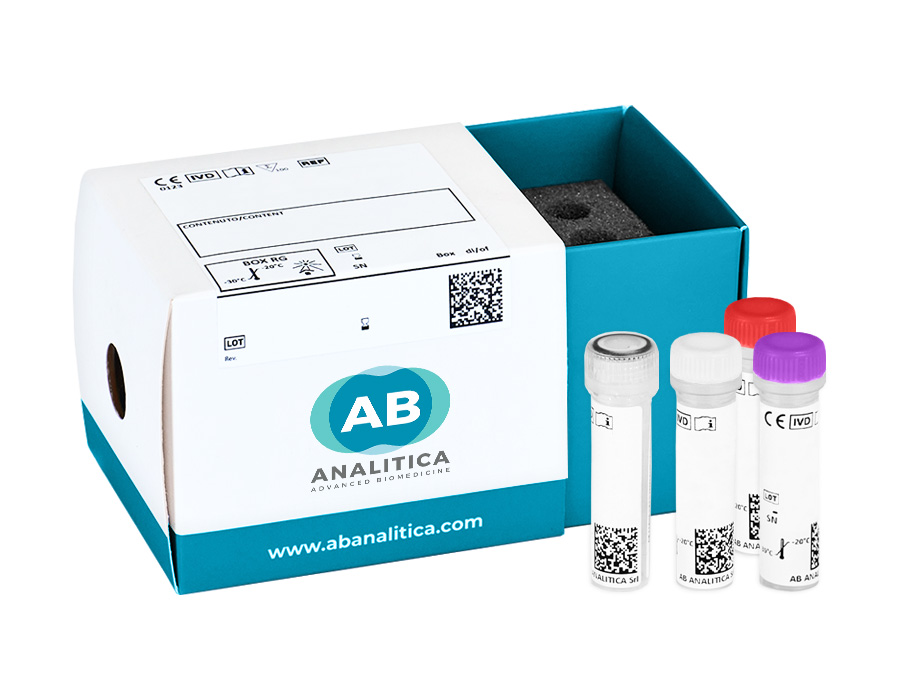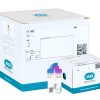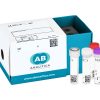Description
Kit for detection and quantification of translocation t(9;22)(q34;q11), in the variant p210, by one-step Real-Time RT-PCR
Product Characteristics
- The device is developed in accordance with the guidelines of Europe Against Cancer and international recommendations
- The assay includes dUTP/UNG system for preventing carry-over contamination and a fluorescence normalizer
- The assay requires only 5 µL of RNA extracted
- If used in combination with the REALQUALITY RQ-BCR-ABL p210 STANDARD, it allows the quantification of p210 transcripts and the monitoring of the Minimal Residual Disease (MRD).
- The assay shares the same thermal profile of REALQUALITY RQ-BCR-ABL p190 One-Step, REALQUALITY RQ-PML-RARa bcr1 One-Step, REALQUALITY RQ-PML-RARa bcr2 One-Step and REALQUALITY RQ-PML-RARa bcr3 One-Step
- Validated on main Real-Time PCR instruments
Kit content
Kit includes:
- Ready-to-use reagents for Real-Time PCR
- Positive control
Further Information
The chromosomal rearrangement known as the Philadelphia chromosome (Ph) was the first clonal marker to be identified in a neoplastic disease. The Ph chromosome derives from translocation t(9;22)(q34;q11) and is present in more than 95 % of cases of Chronic Myeloid Leukemia (CML). It is also found in 5 % of Acute Lymphoblastic Leukemia (ALL) in children and 10 – 25 % of ALL cases in adults. For both, ALL and CML presence of this translocation is a marker for a negative prognosis. On the molecular level, the translocation juxtaposes the proto-oncogene ABL (c-ABL) Rev. 2 DESCRIZIONE PRODOTTO SITO WEB MODULO_DESCRIZIONE_PRODOTTO_SITO_WEB_p210 Pag 3 di 3 Questo documento è di proprietà ed uso esclusivo della società AB ANALITICA Srl. Le copie aggiornate sono disponibili nel software gestionale della qualità. Tutte le copie cartacee sono intese a solo supporto del lavoro e non se ne garantisce l’aggiornamento. from chromosome 9 to a specific region in the BCR gene on chromosome 22. The chromosomal breakpoint in the ABL gene is located in exon 2. In contrast, the breakpoints of the BCR gene can be located in different regions, giving rise to different fusion transcripts. In majority of the CML cases, in 30 % to 50 % of Ph+ ALL cases in adults and in 20 % to 30 % of Ph+ ALL cases in children, the breakpoint of the BCR gene occurs in the so- called “major breakpoint cluster region M-bcr”. This region is located between exon 12 and 16 (also known as exon b1-b5). The BCR-ABL M-bcr fusion gene gives rise to a fusion protein of 210 kDa (BCR-ABL p210), which displays transforming activity, stimulating uncontrolled cell proliferation. Another breakpoint in the BCR gene is almost exclusively found in Ph+ ALL patients. Roughly 60 % of all Ph+ ALL cases are characterized by this breakpoint, which is located in the “minor breakpoint cluster region m-bcr” of the BCR gene. In these cases, the translocation juxtaposes BCR exon e1 and ABL exon a2 (e1-a2 rearrangement). The resulting fusion gene BCR-ABL m-bcr produces a 190 kDa fusion protein (BCR- ABL p190). The translocation can be detected at the molecular level by extracting total RNA from clinical samples, reverse transcribing the RNA into cDNA and amplifying the gene regions of interest from the cDNA. Detecting and identifying the translocation not only provides useful information for diagnosis and prognosis of those types of leukemia, but also provides the means for monitoring the Minimal Residual Disease (MRD).
Ordering Information
| Code | Product | PKG |
|---|---|---|
| RQ-105-4M # | REALQUALITY RQ-BCR-ABL p210 One-Step | 50 tests |
| RQ-105-6M # | REALQUALITY RQ-BCR-ABL p210 One-Step | 100 tests |


